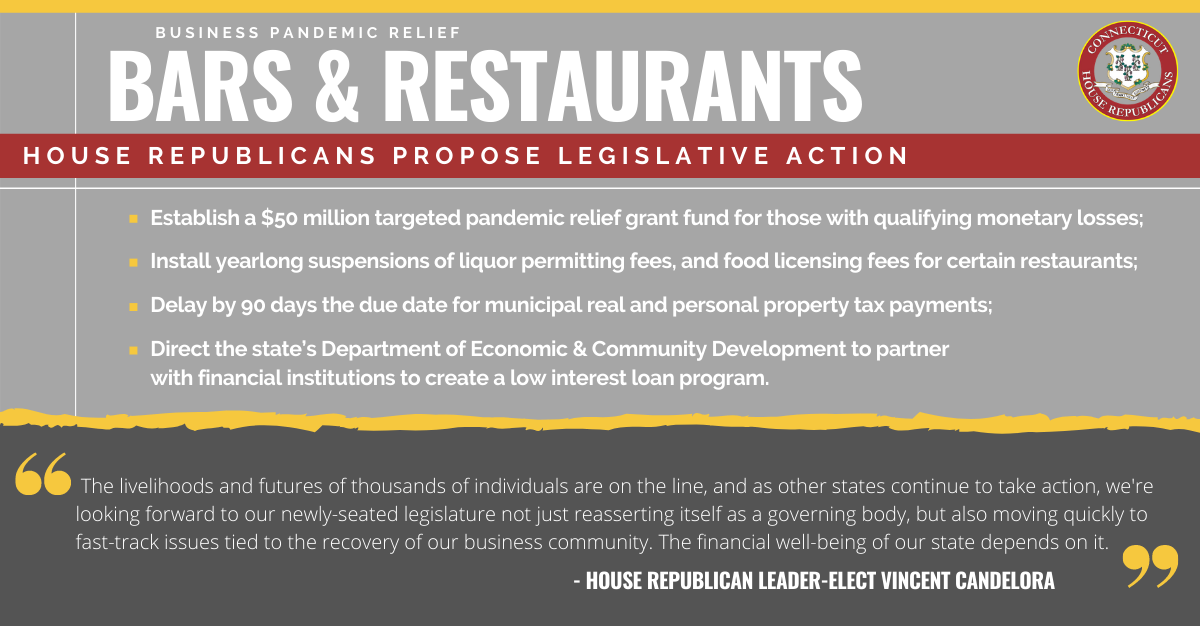

Introduction
The economic upheaval caused by the pandemic prompted governments and organizations to implement financial relief measures. This article delves into the multifaceted strategies employed to navigate the economic challenges induced by the pandemic, exploring the various forms of financial relief that have played a crucial role in supporting individuals and businesses.
Government Stimulus Packages
Governments worldwide swiftly responded to the economic fallout of the pandemic by rolling out extensive stimulus packages. These packages included direct cash payments to individuals, enhanced unemployment benefits, and financial aid programs for businesses. The aim was to inject liquidity into the economy and provide immediate relief to those impacted by the economic downturn.
Small Business Support
Small businesses, facing unprecedented challenges, became a focal point for pandemic financial relief efforts. Governments and financial institutions rolled out support programs, including grants, loans, and debt relief initiatives, to help small enterprises weather the financial storm. The goal was to preserve jobs and prevent the widespread closure of small businesses.
Debt Moratoriums and Deferrals
Recognizing the strain on individuals and businesses, many financial institutions implemented debt moratoriums and deferrals. These measures provided temporary relief by allowing individuals and businesses to postpone loan repayments, easing the immediate financial burden. The temporary reprieve aimed to bridge the gap until economic conditions improved.
Mortgage and Rent Assistance
The pandemic’s economic impact extended to housing, prompting the implementation of mortgage and rent assistance programs. Governments and local authorities introduced measures to prevent evictions, offering financial support to individuals struggling to meet mortgage payments or rent obligations. This assistance aimed to ensure housing stability during challenging times.
Job Retention Schemes
To prevent widespread job losses, many countries introduced job retention schemes. These initiatives, often implemented through subsidies to employers, aimed to incentivize businesses to retain employees despite reduced economic activity. Job retention schemes played a crucial role in stabilizing the labor market and mitigating the impact of layoffs.
Financial Counseling and Support Services
Beyond direct financial assistance, the pandemic highlighted the importance of financial counseling and support services. Individuals and businesses grappling with financial uncertainties sought guidance on managing debts, budgeting, and navigating economic challenges. The provision of financial counseling services became integral to comprehensive relief efforts.
Global Aid and Collaboration
The global nature of the pandemic prompted international collaboration in providing financial aid. Countries and organizations collaborated to offer financial support to nations facing severe economic crises. These global aid initiatives aimed to create a collective response to the economic challenges posed by the pandemic, recognizing the interconnectedness of the world economy.
Investments in Public Health Infrastructure
A unique aspect of pandemic financial relief was the allocation of funds to strengthen public health infrastructure. Recognizing the symbiotic relationship between public health and the economy, governments invested in healthcare systems, medical research, and the distribution of vaccines. This holistic approach aimed to address both immediate economic challenges and long-term resilience.
Transition to Digital and Remote Solutions
As part of financial relief strategies, there was a notable shift toward digital and remote solutions. Businesses and individuals were encouraged to adopt online platforms, remote work technologies, and digital payment systems. This transition aimed to facilitate economic activities while adhering to safety measures, fostering adaptability in the face of changing circumstances.
Conclusion with Link
In conclusion, pandemic financial relief efforts showcased the adaptability and resilience of economic systems in the face of unprecedented challenges. For further insights into navigating economic uncertainties and building financial resilience, visit The Healthy Consumer website. Explore strategies for financial well-being and stay informed about the evolving economic landscape.







